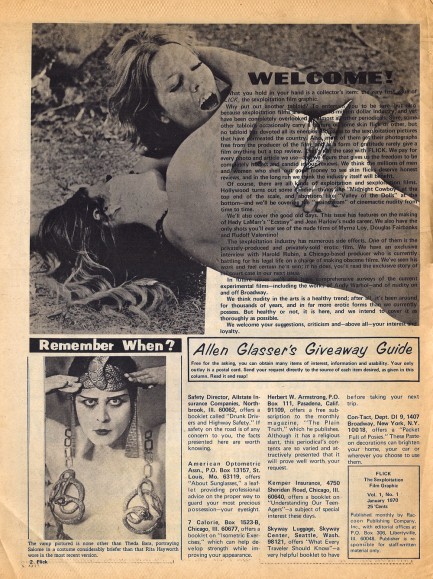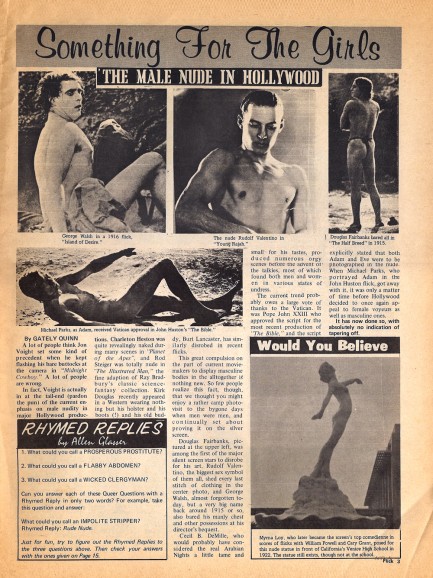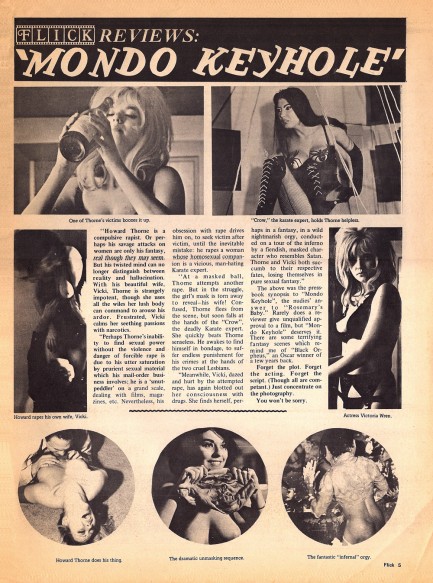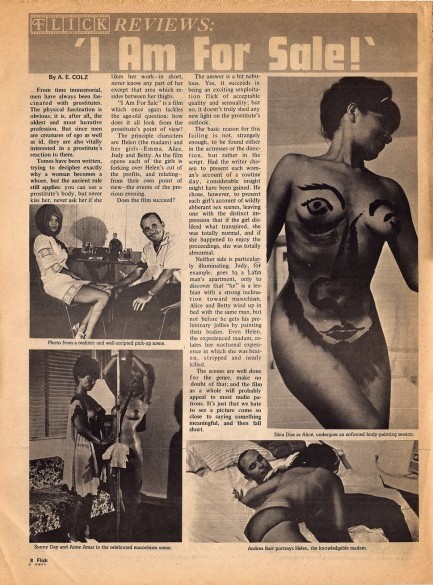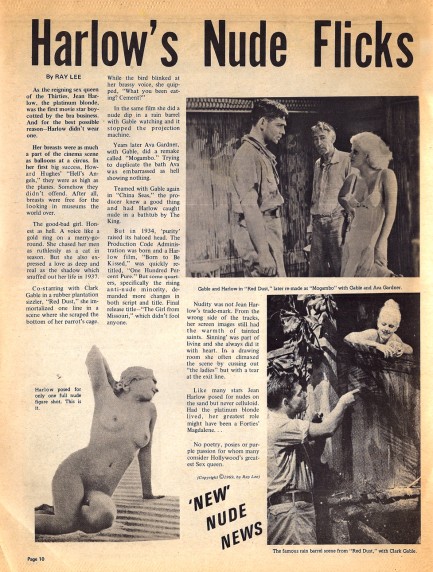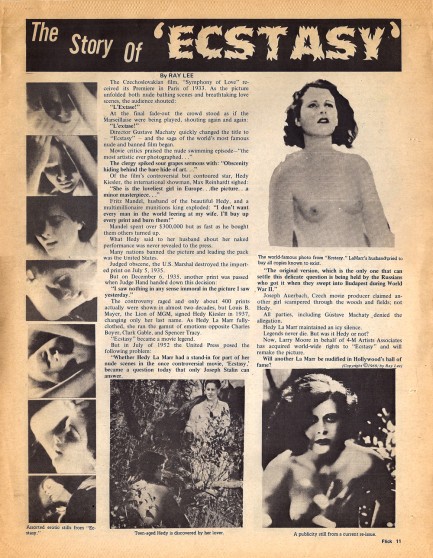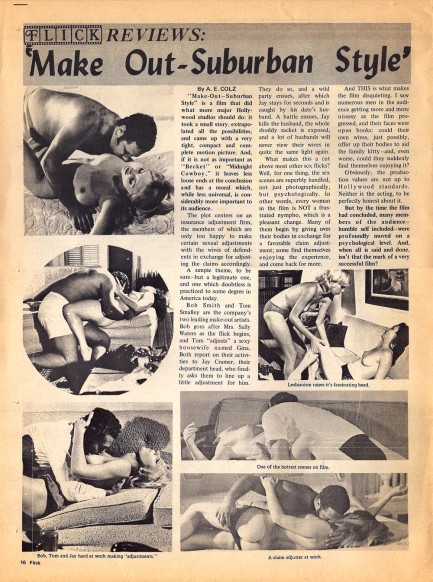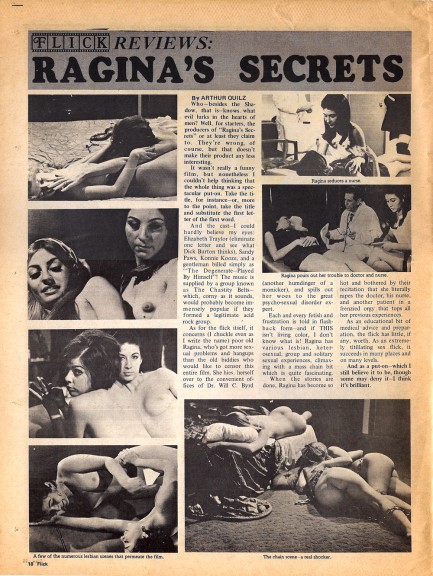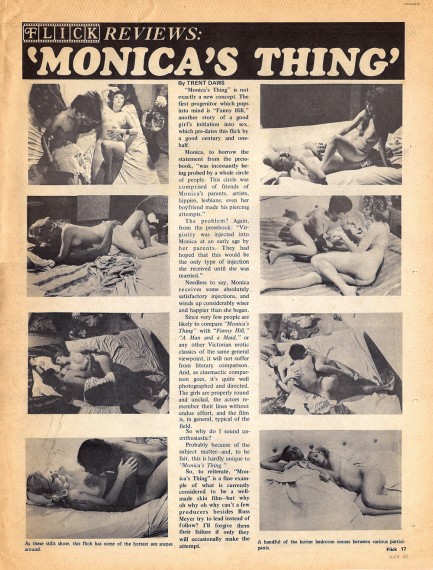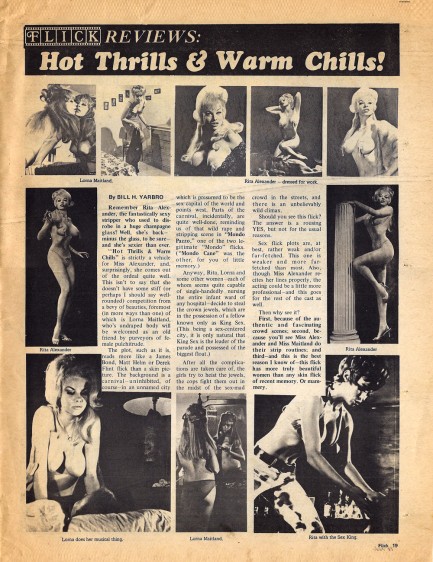| Vintage Pulp | May 12 2022 |

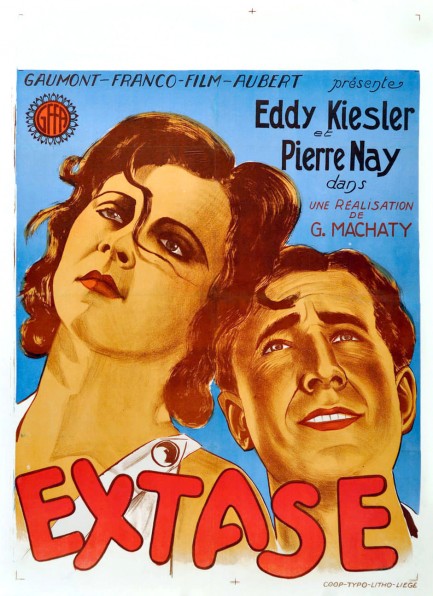
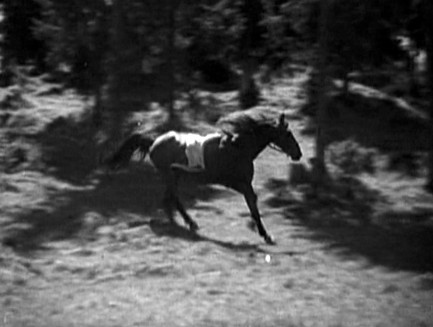
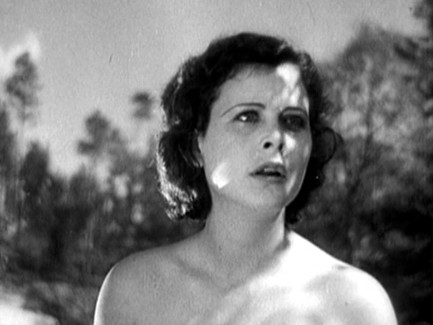 Loni! Come back, you stupid horse! That jumpsuit doesn't even fit you!
Loni! Come back, you stupid horse! That jumpsuit doesn't even fit you!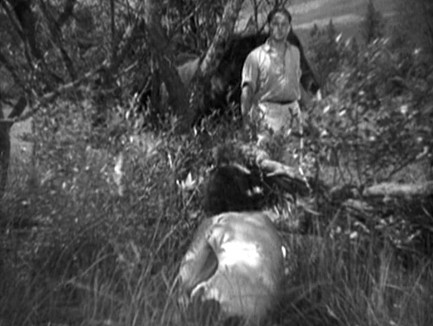 Why hello, lovely naked creature.
Why hello, lovely naked creature.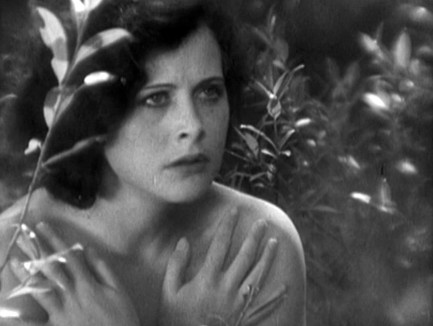 You rude beast! Try taking a picture. It'll last longer.
You rude beast! Try taking a picture. It'll last longer.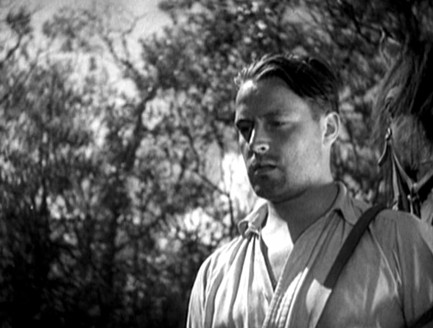 Already done. With my mind. Deposited you right in the spank bank.
Already done. With my mind. Deposited you right in the spank bank.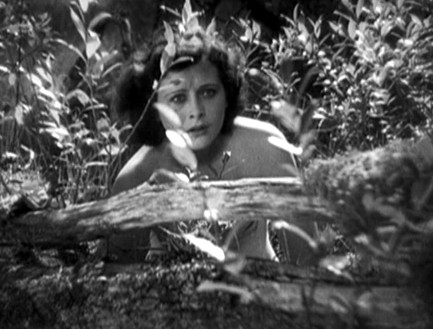 Bank— What? Spank what? Oh, never mind. Give me my clothes.
Bank— What? Spank what? Oh, never mind. Give me my clothes.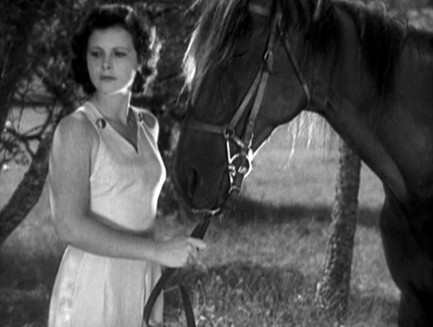 Objectify me, will you? Two can play that game. Duh... nice package! Duh... I'm an idiot!
Objectify me, will you? Two can play that game. Duh... nice package! Duh... I'm an idiot!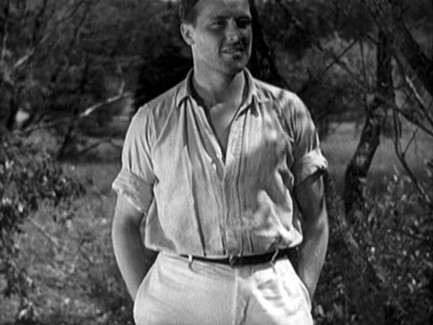 Thanks. And you're not an idiot—many women agree with you about my package.
Thanks. And you're not an idiot—many women agree with you about my package.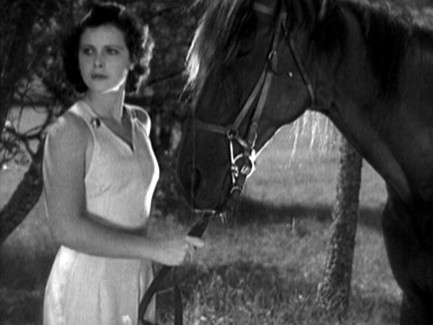 No, I'm objectifying you, like you did to me.
No, I'm objectifying you, like you did to me.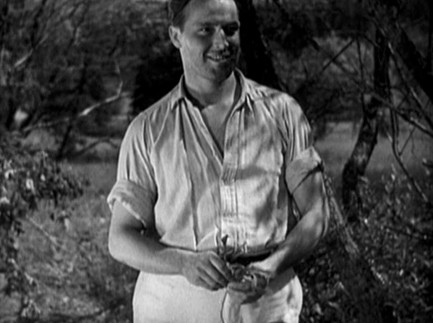 Like a sex object. I understand. That's cool. I love sex.
Like a sex object. I understand. That's cool. I love sex.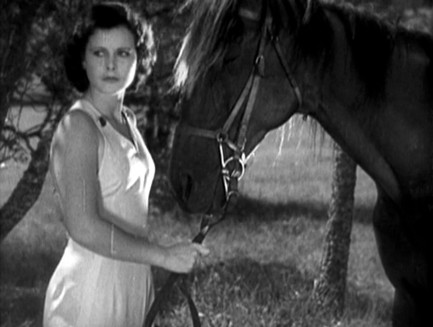 No, I mean I'm debasing you via the reduction of any unique and admirable qualities you might have down to the purely phy— Oh, forget it! You're too dumb to understand.
No, I mean I'm debasing you via the reduction of any unique and admirable qualities you might have down to the purely phy— Oh, forget it! You're too dumb to understand.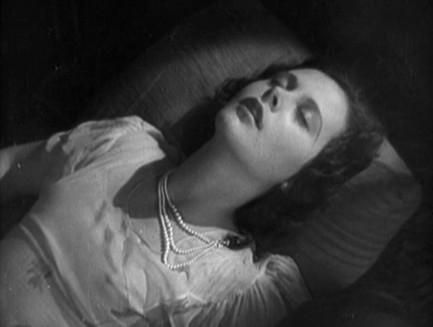 Oh... oh... oh! It's true he lacks... formal education...
Oh... oh... oh! It's true he lacks... formal education...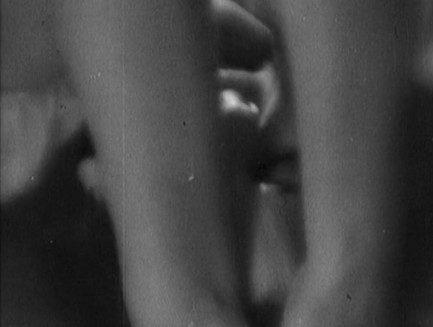 But he sure knows how... to make a girl... SNAP HER PEARLS!
But he sure knows how... to make a girl... SNAP HER PEARLS!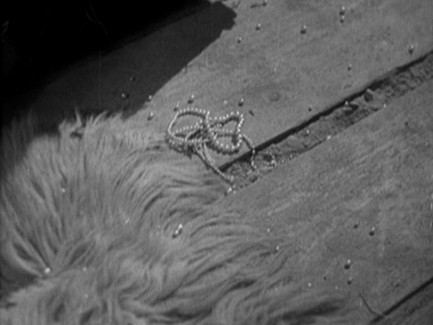 *sigh*
*sigh*| Hollywoodland | Mar 12 2012 |

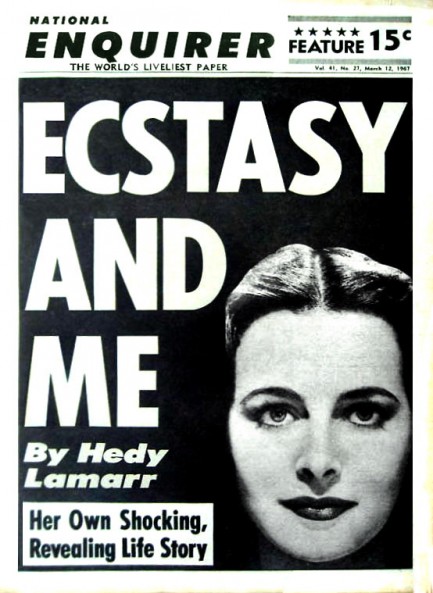
This National Enquirer published today in 1967 features cover star Hedy Lemarr promoting her 1967 autobiography Ecstasy and Me: My Life As a Woman. The title is taken from the 1933 Czech film Ekstase, in which she appeared nude, shocking audiences of the time. Enquirer describes her book as shocking, as well, and indeed there are some surprising revelations. An example: while still living in her native Austria, she ran away from her husband and hid in an empty room in a brothel. A man came into the room and she had sex with him rather than let her husband find her. Lamarr claims to have had hundreds of lovers, male and female, and depicts herself variously as both a nymphomaniac and a kleptomaniac. But all of this comes with a caveat—her ghostwriter, the notorious Leo Guild, wrote various celeb biographies that played fast and loose with the truth. That said, even Guild was not imaginative enough to have fabricated everything in Ecstasy and Me.
As a side note, we should mention that Lamarr, along with George Anthiel, invented and patented an advanced frequency switching system that they envisioned for usage guiding torpedoes (the constant switching of frequencies would make them difficult to jam, thus more likely to reach their targets). Now, if you read other websites, most of them praise Lamarr as a military genius, and it’s true she had a highly developed technical mind, but the system she helped pioneer actually grew out of an idea to remotely control player pianos. In fact, the guidance system used eighty-eight frequencies, which is of course the number of keys on a standard piano. We think knowing that she applied a musical idea to military usage gives a somewhat fuller appreciation of how ingenious she actually was, rather than just picturing her as some kind of Oppenheimer type.
Ingenious or not, the U.S. Navy declined to purchase Lamarr and Anthiel’s system, but the moment the patent expired two decades later the military was all over it. We can’t discern with our limited resources whether this sudden decision to use the technology was coincidental or not, but certainly the result was that Lamarr got screwed out of probably millions of dollars. Or perhaps even more, when you consider that her and Anthiel’s frequency switching is closely related to that used today for global positioning systems and Bluetooth. Since Lamarr claimed in her book to have blown through more than thirty million dollars in her life, the fun and creative ways she might have spent a massive military windfall makes the mind boggle. We’ll get back to Hedy Lamarr a bit later, because she certainly deserves a more detailed treatment.
| Vintage Pulp | Sex Files | Jan 16 2012 |

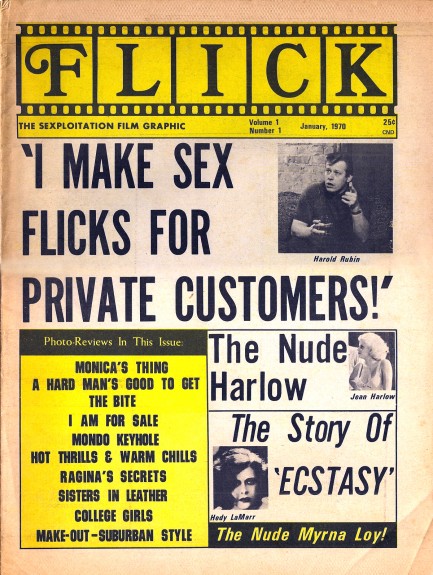
In our continuing search for rare magazines of high entertainment value (if sometimes dubious quality), we stumbled across the above gem—the first issue of the self-described sexploitation film graphic Flick. Published in the U.S. out of Libertyville, Illinois, it was basically just reviews of x-rated films in tabloid form. The publishers admit in their introductory editorial that the tabloid market is glutted, but insist America needs a magazine that helps porn consumers separate the wheat from the chaff. They do it with utter seriousness and, as a bonus, also throw in some musings on film history, with discussions of Rudolph Valentino, Douglas Fairbanks, Theda Bara, Jean Harlow, and Hedy Lamarr, who all had pre-Hays Code flirtations with screen nudity.
It might be difficult to imagine actors appearing nude on screen during the 1920s and 1930s, but the idea back then was that, because the medium was considered an art form, motion picture nudity was no different from nudity in sculpture, photography or painting. Theda Bara's and Jean Harlow’s screen nudity was merely implied, but Hedy Lamarr went all the way in her 1933 Czech-made romance Ekstase, aka Ecstasy, in which she ran starkers through the woods, giving audiences a gander at her backside and breasts. She was known at the time as Hedy Kiesler, but it’s her.
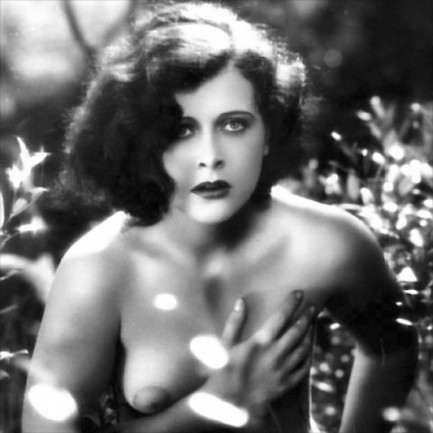 There’s also a non-nude love scene containing what some critics believe is the first cinematic depiction of an orgasm. As you can imagine, Ekstase was controversial. Only four-hundred prints were ever made, and most of those were butchered by censors. By the 1940s, the only complete copy known to exist was in Russia. It had first been Hungarian property and had been exhibited in Budapest in ’33, but because the Hungarians had fought alongside Nazi Germany and helped conquer swaths of Russian territory in the early 1940s, when the Russians reversed those gains and occupied Budapest in 1944, they sort of helped themselves to a few choice cultural treasures.
There’s also a non-nude love scene containing what some critics believe is the first cinematic depiction of an orgasm. As you can imagine, Ekstase was controversial. Only four-hundred prints were ever made, and most of those were butchered by censors. By the 1940s, the only complete copy known to exist was in Russia. It had first been Hungarian property and had been exhibited in Budapest in ’33, but because the Hungarians had fought alongside Nazi Germany and helped conquer swaths of Russian territory in the early 1940s, when the Russians reversed those gains and occupied Budapest in 1944, they sort of helped themselves to a few choice cultural treasures.
Elsewhere in this inaugural Flick you get reviews of the adult films A Hard Man’s Good To Get, Sisters in Leather, College Girls, and Jack Hill’s first full-length effort Mondo Keyhole. The editors remind readers that their magazine is a collector’s item. At the time—January 1970—they probably imagined it would be quite valuable in forty-one years. Well, we got it for $4.00. But just for the hell of it, maybe we’ll hang onto it for another forty-one years. You never know. By the way, if you’re curious, you can actually see that famous Hedy Lamarr nude scene here. It is not a complete version, though. We doubt a complete one exists. See ten scans from Flick below.
